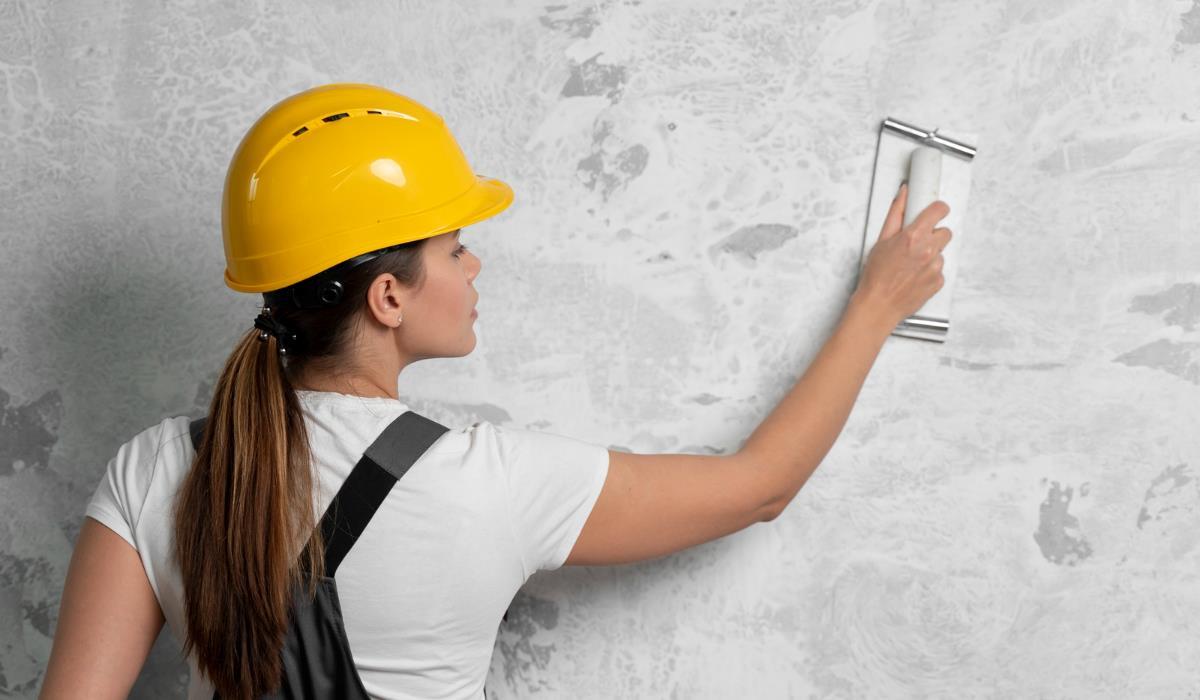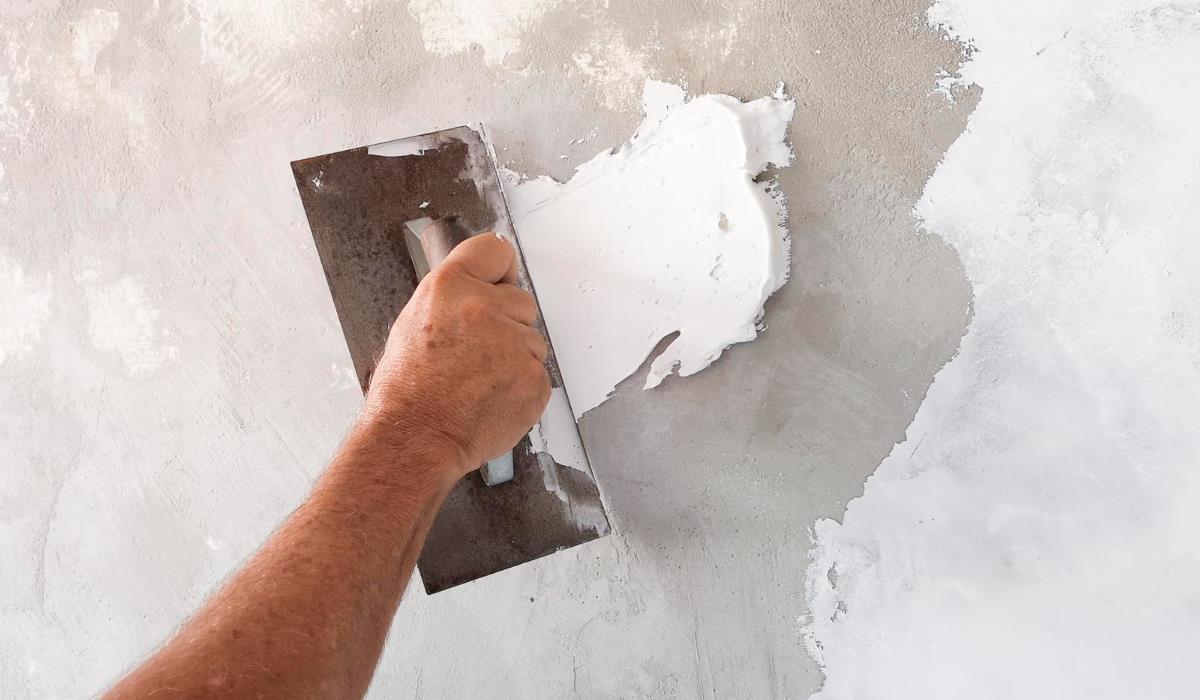Plaster repairs are an occasional necessity if you own an old house. These old plaster walls add character to a long-standing home, but to keep them in good condition it is important to keep a close eye on early signs of damage. Repairing plaster is usually within the skill of a competent handyman. Therefore, if you are renovating an old house, it is important to recognize the signs of damage and know the remedies. And if it turns out that the damage requires repair beyond your skills, it is still important to know what is required.
Original plaster finishes on interior walls and ceilings deserve careful treatment. Unlike the smooth, lifeless and hard cement and gypsum plasters common today, old plasters tend to have a corrugated textural quality, offer flexibility and, most importantly, allow the wall to breathe by allowing moisture to dissipate. Therefore, maintaining these features is a very important element of a well-managed home renovation.
Plaster repair – degradation signals
Plaster is susceptible to damage resulting from movement or the effects of external factors such as impacts or moisture. Over time, the plaster may peel or separate from the surface beneath it. In the case of partition walls and ceilings, wooden strips are installed between the slats or beams, and plaster is pushed into the gaps between the slats. Rotten moldings can cause the plaster to sag or buckle. What to look out for:
- Inappropriate, modern plasters and finishes.
- Cracks and bulges.
- Loose plaster.
- Plaster that sounds hollow when tapped.
- Sagging ceilings.
- Basic construction problems.
- Moisture stains and discoloration.
Repair of cracks and bulges

Some cracks and ridges in plaster may be superficial or localized, others are the result of damage to the brick or wood beneath them, or may indicate wider structural problems in the building. Actions:
- Removing thin cracks and filling them with a good filler.
- Inspect for ridges or anything larger than a hairline break.
- Monitor the cracks over time, marking and dating their end point on the wall.
- Consult a structural engineer if you have any doubts.
- Make necessary repairs using appropriate traditional materials.
- Cracks and voids can be filled with matching plaster, and narrow cracks can be filled with a special filler for interior use mixed with chalk.
- To repair plaster damage, lightly moisten the edges of existing plaster with water or diluted PVA glue (one part to 10 parts water) to control absorbency and prevent cracking. In some cases, gypsum can be added to the lime plaster mixture to achieve the same effect.



